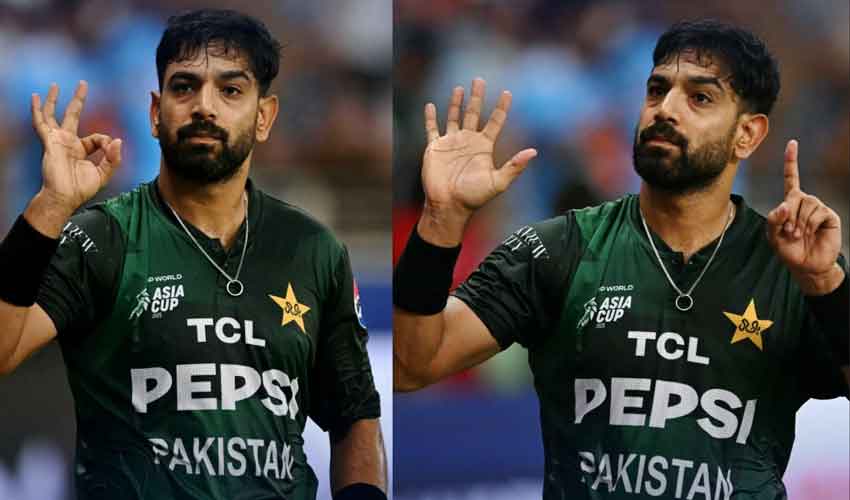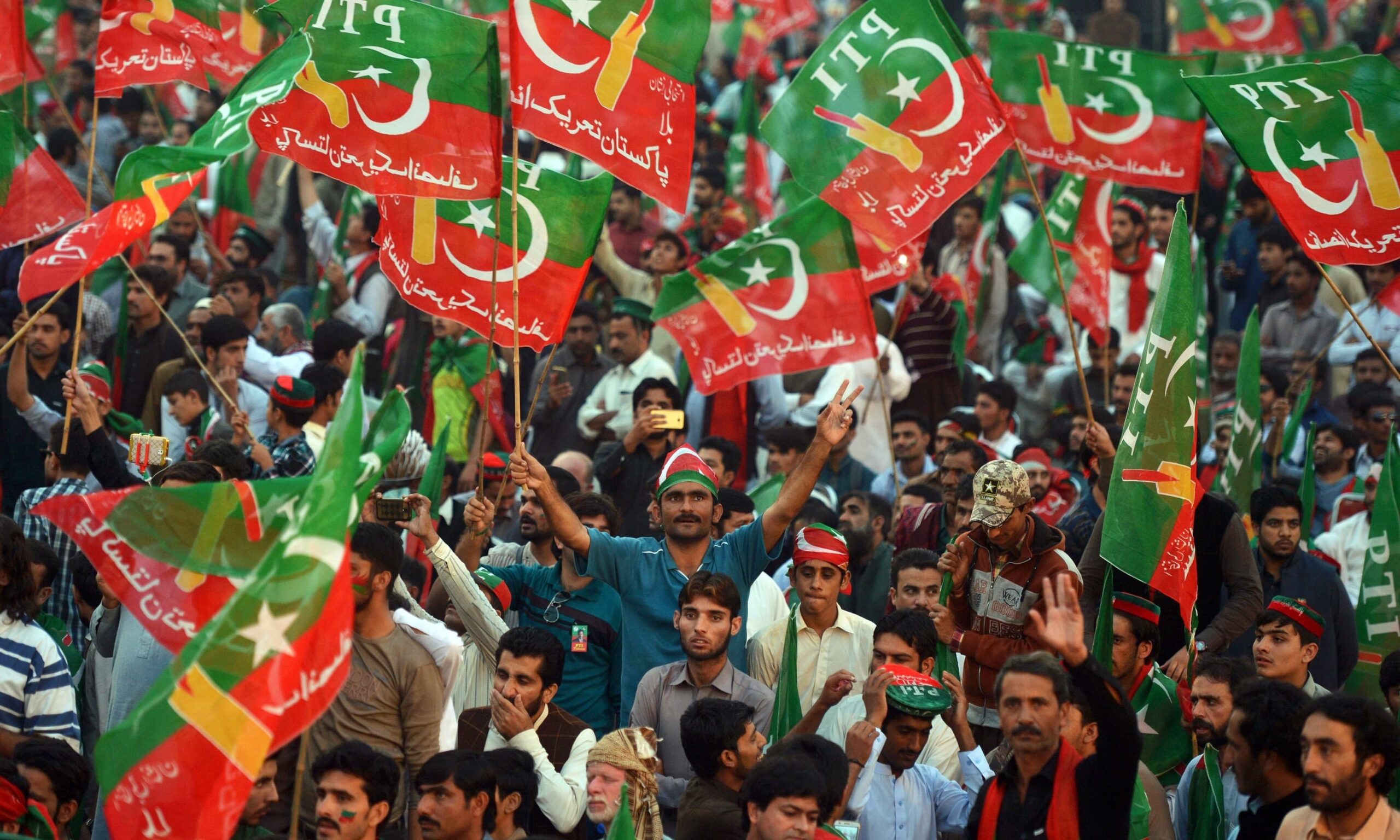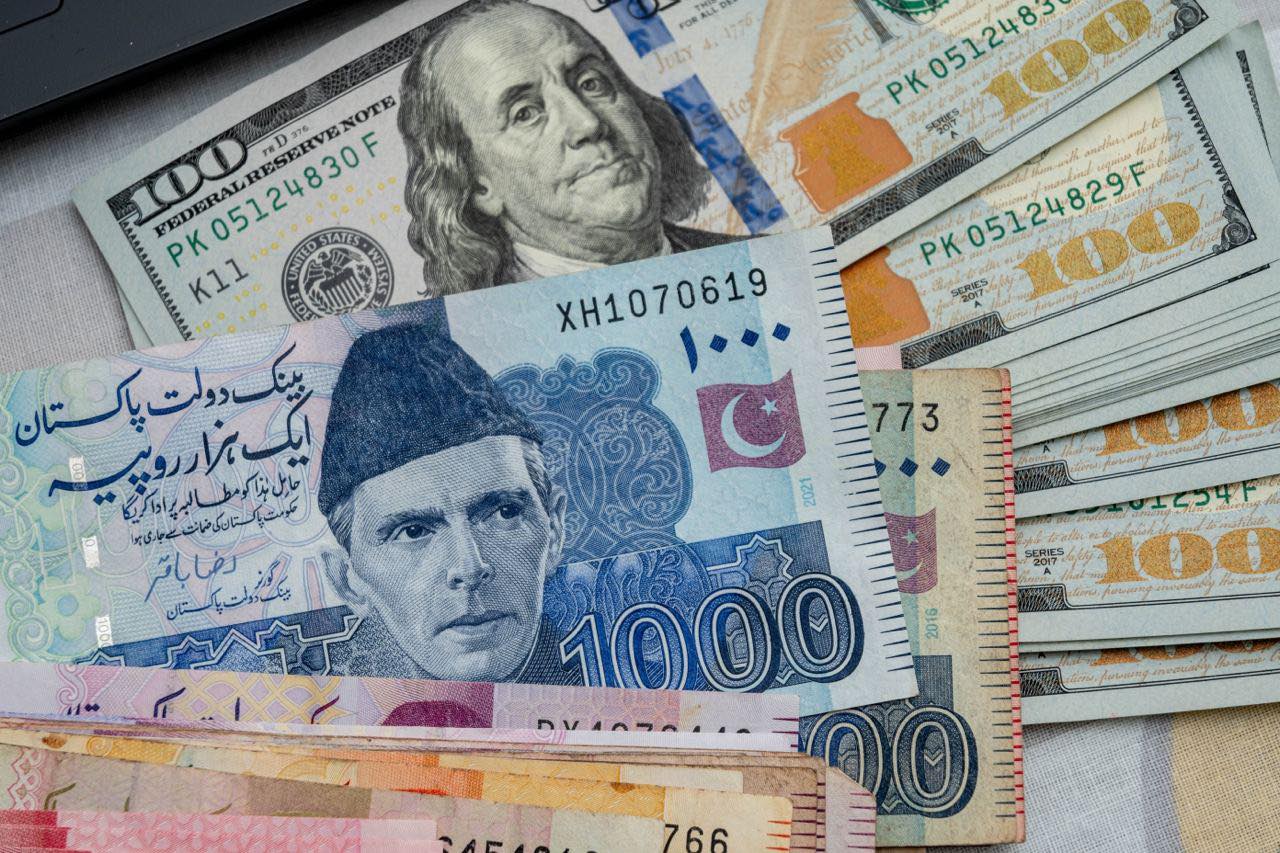PTBP Web Desk
The Asia Cup Super Four clash between Pakistan and India at the Dubai International Stadium on Sunday turned politically charged after Pakistani pacer Haris Rauf made a Rafale downing gesture. The symbolic act, captured in videos and widely circulated on social media, has ignited mixed reactions from fans across both countries.
While Pakistani supporters celebrated Rauf’s defiant move, many Indian fans expressed outrage, accusing him of politicizing the game. The gesture followed a moment when Rauf, fielding at the boundary, was booed by sections of the Indian crowd. His response — mimicking the shooting down of a Rafale fighter jet — immediately stirred heated debate.
The controversy highlights how politics has increasingly intertwined with cricket between the two nuclear-armed rivals. Observers noted that it was the Indian team that first introduced political gestures during the tournament. After winning the group-stage clash against Pakistan, several Indian players refused to shake hands with their counterparts and dedicated their victory to the Indian armed forces.
This backdrop has only intensified the symbolism of Rauf’s gesture. His act was perceived by many as a response to earlier provocations, underscoring how sport often mirrors the tense diplomatic and military relationship between Pakistan and India.
Pakistan’s Defence Minister Khawaja Asif was quick to respond, praising Rauf’s defiance.
“Haris Rauf is treating them right. Keep it up. Cricket matches keep happening, but 6/0 will not be forgotten by India until the Judgement Day, and the world will remember it too,” Asif remarked.
His reference to “6/0” alluded to Pakistan’s historic military success in shooting down Indian jets during past conflicts. The minister’s statement further inflamed the already politically charged debate, reinforcing how cricket remains a flashpoint in bilateral relations.
The Rafale reference carried deeper historical significance. In May, during heightened tensions, the Pakistan Air Force (PAF) claimed to have shot down six Indian fighter jets, including Rafales, following an aerial confrontation.
By replicating this moment through his gesture, Haris Rauf tapped into nationalistic sentiment, reminding fans of Pakistan’s perceived military triumph. For many Pakistanis, the gesture was not just playful but symbolic of resistance and pride.
The Asia Cup Super Four match itself was not devoid of tension. Early in the game, Shaheen Afridi and Indian batter Shubman Gill exchanged heated glances after Gill struck a boundary. The confrontation drew attention from fans and commentators, who noted the heightened emotions on both sides.
Adding to the intensity, Pakistan’s Sahibzada Farhan celebrated his half-century with a gun-firing gesture, which further ignited discussions on social media about the appropriateness of such symbolic celebrations in cricket.
Later in the match, Haris Rauf and Indian batter Abhishek Sharma also engaged in a verbal exchange, demonstrating the fiery nature of the rivalry.
The Rafale gesture quickly went viral, with hashtags related to Haris Rauf trending in both Pakistan and India. Pakistani fans praised the fast bowler, calling his response “bold” and “patriotic.”
On the other hand, Indian fans mocked the gesture, arguing that cricket should remain separate from political and military issues. The debate spilled into mainstream media, where commentators from both countries weighed in on whether Rauf’s actions crossed the line of sportsmanship.
Because of political tensions and security concerns, India and Pakistan only face each other in neutral venues during multi-team tournaments such as the Asia Cup or the ICC Cricket World Cup.
The Dubai clash once again underscored the intensity of these encounters. Despite the controversies, matches between the two nations remain among the most-watched sporting events worldwide, drawing millions of viewers across television and digital platforms.
The Asia Cup Super Four stage features Pakistan, India, Sri Lanka, and Bangladesh. The top two teams from this stage will qualify for the final, scheduled for September 28.
While India managed to win the Super Four fixture by six wickets, the political undertones of the game have overshadowed the cricketing narrative. With further fixtures yet to be played, fans on both sides will be watching closely — not just for the cricket but also for the symbolism attached to every gesture, celebration, and exchange on the field.




